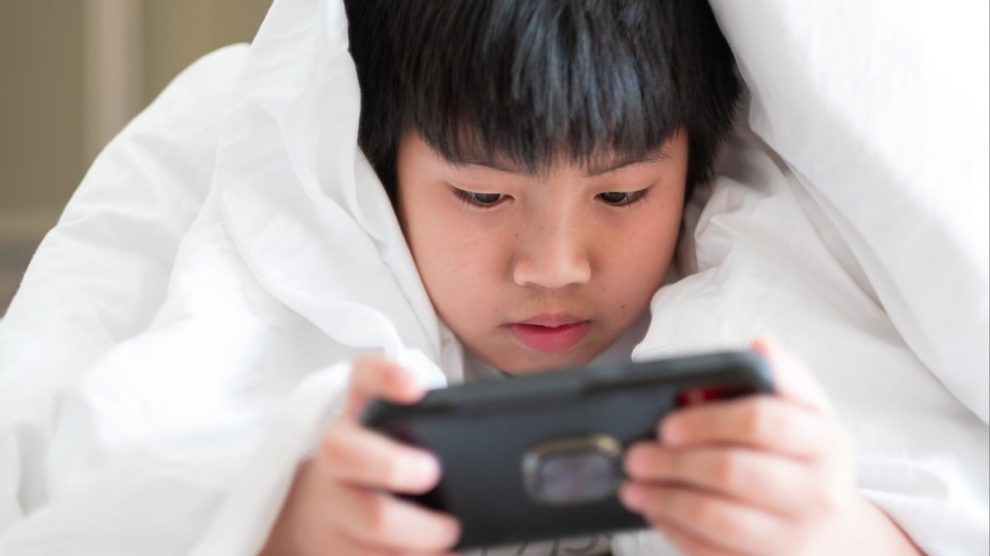Apple has long been at the forefront of technology, offering groundbreaking innovations that redefine how we interact with our devices. Among these innovations are the parental controls built into iPhones and iPads, designed to give parents the ability to monitor and manage their children’s screen time and device usage. These features are marketed as tools to foster healthier relationships with technology, promising to limit device overuse and provide a safer digital environment for young users. However, despite their intentions, these controls have been called into question by many, with critics arguing that they fail to address the core issues of device overuse and the broader concerns surrounding children’s safety online.

Parental controls, as they exist on Apple devices, include a range of features intended to give guardians more authority over how their children use technology. These controls allow you to set screen time limits, block specific apps or websites, and restrict in-app purchases. They also include options to monitor app activity, receive alerts about your child’s usage, and filter content to ensure it aligns with appropriate age guidelines. At first glance, these features seem robust, giving parents tools to create a structured and controlled environment. However, beneath this surface lies a system that, while helpful in theory, often struggles in practice to meet the real-world needs of families.
One of the most significant concerns raised by parents and experts alike is the limited effectiveness of Apple’s parental controls in curbing device addiction. Screen time, while a widely used feature, is often easily circumvented by tech-savvy children. Many young users have found ways to reset screen time limits or bypass them entirely through loopholes, such as changing the device’s time settings or using apps not accounted for in restrictions. This raises questions about how well these controls are designed to handle the ingenuity of children who have grown up immersed in technology. For parents who rely on these features to enforce boundaries, these limitations can be frustrating and undermine efforts to encourage healthier habits.
Moreover, Apple’s approach to parental controls often lacks the depth needed to address the complexities of online safety. While features like content filters and app restrictions are helpful, they don’t offer the level of granular control many parents feel is necessary in today’s digital age. Social media platforms, for example, often operate as separate ecosystems within devices, and Apple’s controls may not adequately account for the nuanced risks associated with these spaces. Whether it’s exposure to harmful content, cyberbullying, or privacy concerns, the parental controls provided by Apple are often insufficient to tackle these issues comprehensively. This leaves parents in a challenging position, having to rely on third-party solutions or manual interventions to fill the gaps.
Another criticism revolves around how Apple’s parental controls fail to adapt to the individual needs of different families. Every child interacts with technology differently, and a one-size-fits-all approach may not work for every household. Some children may require stricter restrictions, while others may need more flexibility to use their devices for educational purposes or creative pursuits. Apple’s tools, while well-intentioned, often lack the customization options needed to cater to this diversity. For example, while you can set blanket limits for app usage, there is little room for nuanced rules that might allow for more time spent on educational apps versus entertainment ones.
A broader issue at play is the question of whether parental controls should be seen as the primary solution for addressing children’s relationship with technology. While these tools can be helpful, they should not replace open communication between parents and children about healthy technology use. Apple’s controls, in their current form, often create a dynamic where technology becomes a battleground, with children trying to outsmart restrictions and parents struggling to enforce them. This can lead to a breakdown in trust and an adversarial relationship that ultimately does little to foster a healthy digital environment.
One area where Apple has faced particular criticism is in how these controls address concerns about content filtering. While the company provides options to block adult content and restrict access to specific websites, these filters are not always reliable. Reports have highlighted instances where inappropriate content still manages to slip through, leaving parents concerned about the effectiveness of these measures. At the same time, overly restrictive filters can block legitimate content, leading to frustration for both parents and children. Striking the right balance between protection and accessibility is a challenge Apple’s parental controls have yet to fully address.
The limitations of Apple’s parental controls are further compounded by a lack of transparency in how they operate. Many parents find the setup process confusing or unintuitive, with unclear instructions and inconsistent results. For example, some parents have reported issues with syncing settings across multiple devices, leading to situations where restrictions applied to an iPhone may not carry over to an iPad. This inconsistency undermines the reliability of the system and creates additional stress for parents who are already juggling the demands of modern parenting.
Additionally, Apple’s focus on its ecosystem can make its parental controls less effective for families that use a mix of devices from different manufacturers. While Apple’s controls work well within its own ecosystem, they often fail to integrate seamlessly with other platforms, such as Android or Windows. This creates challenges for parents who need to manage multiple devices with different operating systems, as they are forced to navigate a patchwork of controls that may not always work together cohesively.
To fully address these issues, Apple would need to rethink its approach to parental controls, going beyond incremental updates to provide a more comprehensive and flexible solution. This could include features such as AI-driven insights that help parents understand their children’s usage patterns, more advanced content filtering options, and better integration with third-party tools. It could also involve creating a more user-friendly interface that makes it easier for parents to set up and manage controls without confusion.
Another potential improvement could involve collaborating with experts in child development and online safety to design controls that align with best practices in these fields. By incorporating insights from psychologists, educators, and digital safety advocates, Apple could create tools that are not only more effective but also more attuned to the needs of families. For example, introducing features that promote positive screen time habits, such as reminders to take breaks or incentives for balanced usage, could help shift the focus from restrictions to empowerment.
In conclusion, while Apple’s parental controls for iPhones and iPads represent an important step toward addressing concerns about device overuse and online safety, they fall short in several critical areas. From their vulnerability to circumvention to their lack of customization and transparency, these tools often leave parents feeling frustrated and unsupported. Addressing these shortcomings will require a more thoughtful and innovative approach that goes beyond surface-level solutions to tackle the deeper challenges of raising children in a digital world. Until then, parents will need to rely on a combination of Apple’s tools, third-party solutions, and open communication to create a safer and healthier environment for their children.










Add Comment